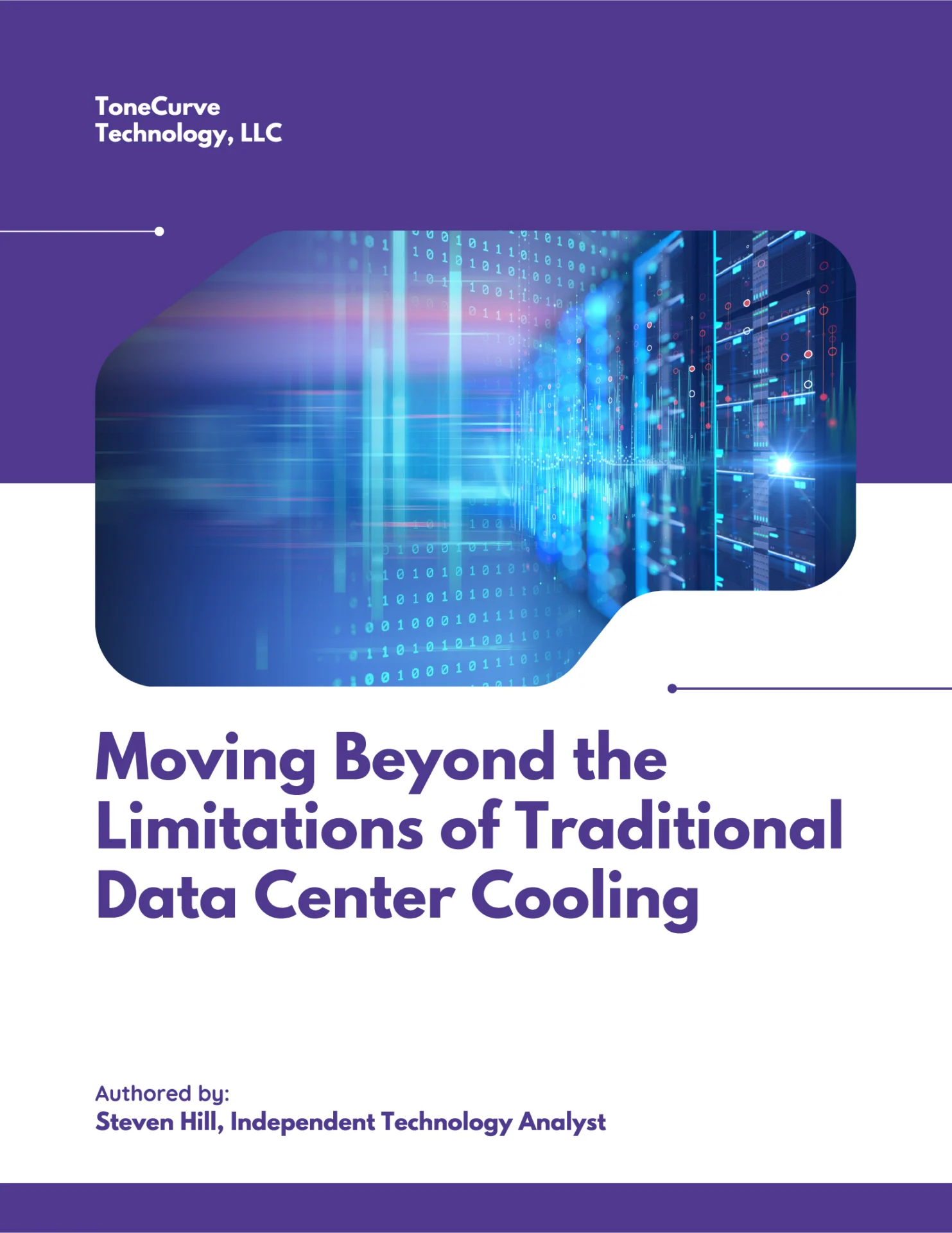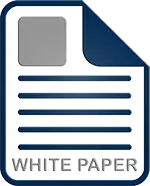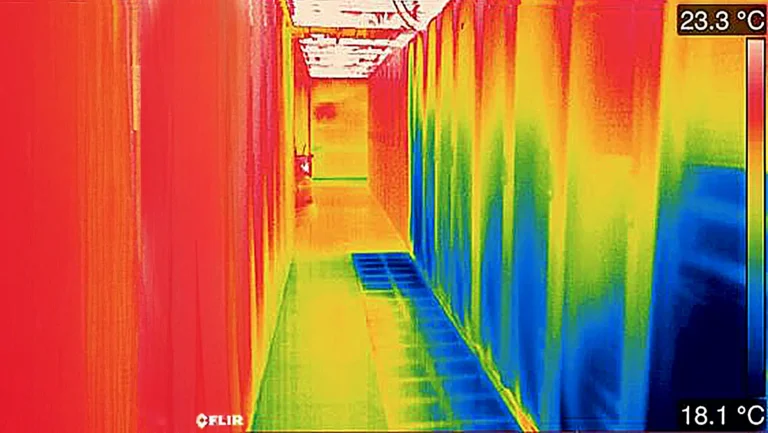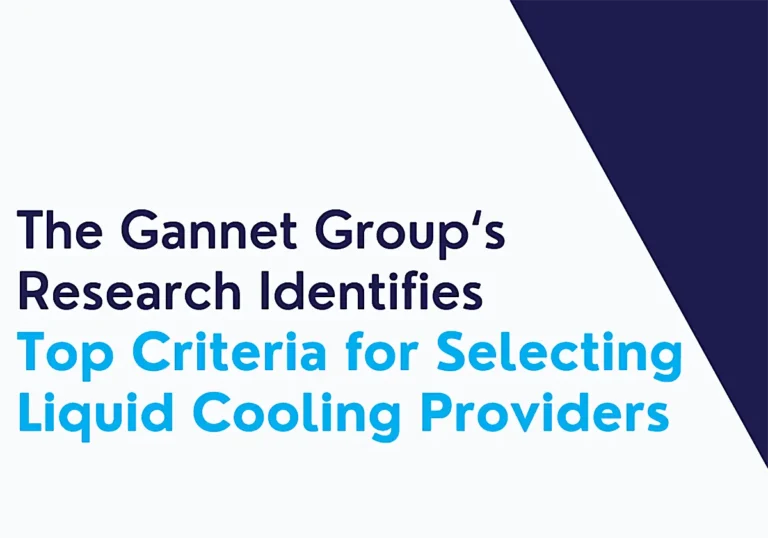Stephen Hill, Technology Analyst at Tone Curve Technology, provides a compelling analysis of the emerging options to address the limitations of air cooling.
Learn
Explore How Liquid Cooling
Can Work for You
Featured Content

White Papers & Case Studies

Investigation of Flow Restrictors for Rack Level Two-Phase Cooling under Nonuniform Heating
View PDF >Featured Blogs

Why Two-Phase is the Winning Choice Vs. Single-Phase
It’s become imperative for data center operators and managers to seek innovative solutions

The Next Generation of Cooling: Two-Phase, Direct-to-Chip
If CPUs and GPUs are to continue to evolve, so too must data center cooling

Accelsius Studies and Responds to Market Needs
Gannet Group’s research identifies top criteria for selecting liquid cooling providers
FAQ
What makes Accelsius special?
Liquid cooling is a growing technology that mitigates rising heat densities that traditional air-cooling technology can no longer effectively address. These increases in heat density are largely driven by increasing chip performance for AI and compute-dense data center applications. Compared to air, liquid cooling can offer 3,000 times more heat absorption; however, most liquid cooling solutions require a costly retrofit or entirely new facility to operate effectively.
Our solution doesn’t require a drastic overhaul of your existing infrastructure to provide direct and continued generational cooling. NeuCool’s innovative two-phase direct-to-chip approach allows Vaporators (engineered cold plates) to readily integrate into high-performance servers, and its innovative iPCU (CDU), manifolds, and other system elements to install onto modern racks.
NeuCool’s system architecture is robustly engineered to maximize system thermal performance and lifetime value while preventing leaks often present in single-phase, water-based liquid cooling. Our scalable, North American-based supply chain delivers faster response times to our data center customers and partners when needed.
Finally, our cooling power is simply unmatched among our direct competitors. NeuCool’s two-phase technology cools 1500+W power per socket, which is considerably over the limit needed to cool powerful chips such as Nvidia’s H100 series (which uses 700W) and the new Blackwell B200 GPU.
What partners are we working with?
We currently work with a robust ecosystem of Channel Partners (CP), Authorized Service Partners (ASPs), integrators, and OEMs. Current partners include Unicom Engineering, Inc, TSS, Compute Solutions, Avnet, BITS Business IT Source, Silverback Data Center Solutions, and OptiCool.
We continue to strategically build out trusted partnerships and collaborative initiatives that drives scale (geographically and volumetrically), depth and value for our collective data center and edge compute customers.
What server OEMs are we working with?
We’ve integrated and tested our NeuCool system with a variety of top-tier server OEMs, including Dell, Supermicro, Lenovo, Flex, and Jabil.
We continue to expand our server OEM partnerships and portfolio because we’re able to work with virtually any OEM server brand and model, which is part of the inherent scalability benefits of our system. This is largely due to our in-house R&D, engineering, and manufacturing capabilities that deliver superior responsiveness to meet our customers and partners’ liquid-cooling needs.
How much can we cool?
NeuCool’s in-rack solution has the unmatched ability to cool 1500W+ per socket and currently enables up to 100kW per rack. Our near-term roadmap includes additional cooling innovations that deliver up to 250kW of direct heat removal.
Which coolant does Accelsius use? Is it safe?
Our NeuCool system utilizes a 4th-generation dielectric refrigerant that is optimized for 2-phase, DTC cooling. It’s an environmentally friendly, “non-forever” chemical coolant with an ultra-low Global Warming Potential (GWP=1) and zero risk of ozone depletion. Furthermore, unlike water-based cooling solutions, it’s IT-friendly with server and IT rack gear, holds an ASHRAE A1 safety rating, and will cause zero damage in the unlikely case of a leak. In addition, this refrigerant does not require any special chemicals, treatments, or ongoing purity testing to ensure optimal and safe cooling operations.
What CDUs are you compatible with?
Our in-rack Intelligent Platform Control Unit (iPCU) is the custom CDU designed and tested exclusively and specifically to optimize cooling performance of our two-phase, direct–to–chip system. It includes a 7” diagonal touchscreen with detailed system control and management capabilities as well as targeted status LEDs. The iPCU ensures maximum system uptime with robust components, enterprise-grade design, and multiple system redundancies alongside operating serviceability (hot–swap) capabilities. The iPCU eliminates the need for redundant and expensive CDUs as well as the headache associated with determining interoperability.
What facility water (FW) temperature do you need?
Our NeuCool system operates under a wide range of available facility water temperatures. We can cool CPU at >350 watts using 45℃ (or 113℉) water and still have ample headroom before the throttle point. Data shows that NeuCool’s two-phase, direct-to-chip system can even cool a max TDP of 1500+ watts at 30℃+ FWS, and several case studies have shown substantial benefits to throttling margins and TDP limits at 25℃, 35℃, and 45℃ when compared to other liquid cooling models.
Do I need facility water to the rack?
No! We’ve partnered with OptiCool® Technologies to provide our customers with a comprehensive two-phase, direct-to-chip liquid cooling system coupled with active rear-door heat extraction (RDHx). While the primary NeuCool in-rack liquid cooling system leverages facility water to the rack, the flexibility of our solution ensures that a variety of heat rejection technologies and products can be utilized for the final heat rejection.
How easy is it to service the NeuCool cooling solution?
Incredibly easy! 85% of the iPCU components are hot-swappable, which includes our enterprise-grade pumps, boards, power supplies, and sensors. Over 80% of potential servicing requires no HVAC or special certifications to conduct service, while service and support protocols remain the same.
Finally, our Ascent Model is designed to guide our customers along the journey to 2-phase, direct-to-chip cooling, and offers a staged, scaled adoption program to reduce risk via defined checkpoints. The NeuCool system, support programs, and professional services are configured and optimized to meet your data center’s specific operational needs.
How does our product detect and mitigate leak risks?
Our NeuCool reservoir houses a leak detection system facilitated by redundant sensors, which monitor refrigerant levels and other parameters during operation. The NeuCool system reports and alerts in the event of detected leaks. It’s important to note that the dielectric refrigerant we use won’t damage servers or other electronic equipment in the unlikely event of a leak.
Facility water only passes through the NeuCool system via the condenser in the iPCU in the bottom of the server rack, preventing potential damage to servers or other IT equipment in the event of a facility water leak. The iPCU contains a leak detection system that will sense any facility water leaks and trigger the appropriate NeuCool system response.
What are the advantages of direct-to-chip (DTC) cooling vs. immersion cooling?
While immersion may eventually have a viable application, most data centers have discovered that direct-to-chip (DTC) and, most notably, Accelsius have key advantages over immersion. These include:
- Immersion cooling’s unfamiliar form factor and service protocols require infrastructure changes, costly equipment investment, and special training.
- Single-phase immersion struggles to extend beyond the 400 watt/socket limit, and two-phase immersion requires high costs for high volumes of refrigerant that’s subject to regulation. For example, 1,300 liters of immersion tank coolant costing tens of thousands per tank, whereas NeuCool utilizes only 30 liters of refrigerant per rack.
- Server and processor OEMs are promoting direct-to-chip liquid cooling solutions, while immersion faces a tougher route to acceptance due to the dismantling of the server itself.
How does the energy efficiency of two-phase cooling compare to single-phase cooling?
A key differentiator between single-phase and two-phase cooling is two-phase’s ability to take advantage of latent heat of vaporization, which greatly enhances its heat removal capability. Our two-phase, DTC system has been tested to >2,000W with an appropriately sized TTV, which greatly exceeds planned thermal flux limits.
To keep up with two-phase’s heat removal via liquid and vapor, single-phase cooling would need to drastically raise its flow rate and resulting pressure, which increases the risk of leakage and corrosion of vital components, and/or significantly lower required facility water temperatures, which increases energy use and the associated cost of electricity.
What size orders can you handle in 2024 and 2025?
We’re actively scaling the business to meet current and planned demand and have multiple partners that will address high-volume orders. Our supply chain is structured to respond to scale including larger orders and bigger deployments.
Can I come visit your lab?
Yes! Tell us more about your project and timeline. We’re happy to work to get an NDA in place so that we can better understand your program requirements and align our thermal solutions accordingly.
Got questions?
Let's talk
Contact us to arrange a demo or to learn more about how the safe, sustainable NeuCool System can save operational costs and boost compute performance.